‘Braeburn’ Apple
£14.99 Original price was: £14.99.£10.49Current price is: £10.49.
- Quality You Can Trust
- Service that stands out, online and always timely.
- No-Questions-Asked Returns
- We take quality seriously.

?Braeburn? in the most popular dessert apple in the UK. Discovered in New Zealand in 1952, it is named after the orchard where it was first grown.
Famous for its incredibly juicy, firm, white fleshed fruits with greenish yellow skins streaked with orange and red, its flavour is considered to have a perfect balance of sweetness and acidic tartness. This refreshing taste sensation is what makes this such a popular apple.
Beautiful pale pink blossom in April and May is followed by the large fruit that can be picked from late September. They keep very well if kept cool, easily lasting until January, so don?t worry too much about the bumper crop that ?Braeburn? will deliver as you?ll have plenty of time to enjoy eating it. Although it?s a dessert apple, it?s wonderful in puddings such as tarts because it maintains its shape and flavour and doesn?t release too much liquid.
?Braeburn? is self-fertile, so it doesn?t need another apple nearby to pollinate it. However, the already excellent harvest will increase further if there is one.
Supplied as a bare root tree, 1.35-1.45m tall on a dwarfing M9 rootstock, growing to a height and spread of 2.5m.
Care Information
- Select an appropriate spot for your apple tree, making sure that you give it enough space to grow to its full size.
- Dig a hole twice the width of the roots, forking over the bottom to loosen the soil, and add some good quality fertiliser such as Blood Fish & Bone (wash your hands afterwards!).
- Aim to plant at the same depth as the soil mark on the trunk.
- Holding the tree upright in position with one hand, slowly backfill the hole with soil, and gently shake the plant, so the soil falls back around the roots.
- Use your heel to compact the soil around the plant to ensure good contact around the roots.
If you’re planting into pots, place some old rocks, stones or gravel in the bottom of the pot for drainage and ballast. - Apply a slow-release fertiliser such as in early spring, and mulch to retain moisture.
- Water regularly, and don’t let the soil dry out if planted in pots.
- Established trees don’t require radical pruning – just take off any diseased, dying and damaged branches in late winter. Look at the overall shape and aim for an open structure of branches and remove any that cross over so they don’t damage each other.
Be the first to review “‘Braeburn’ Apple” Cancel reply
Related products
Fruit & Veg
Fruit & Veg
Fruit & Veg
Fruit & Veg
Fruit & Veg
Fruit & Veg
Fruit & Veg
Fruit & Veg





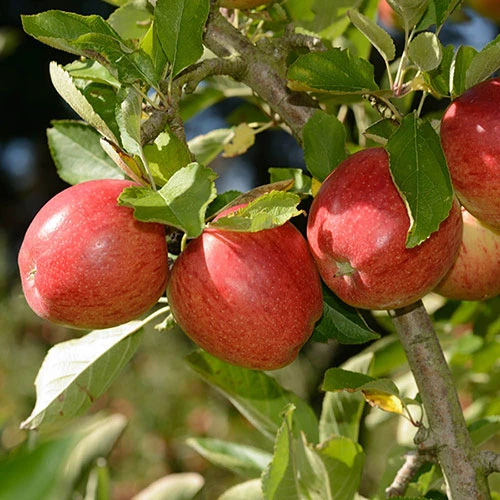


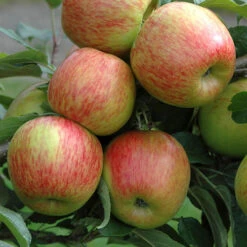
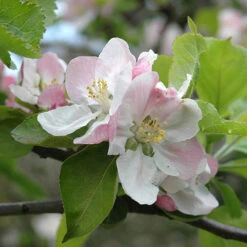

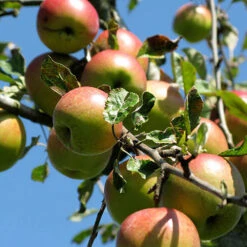
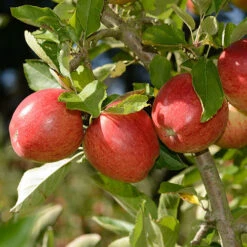

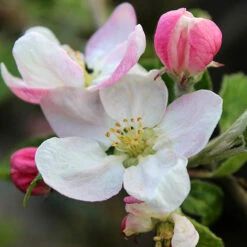
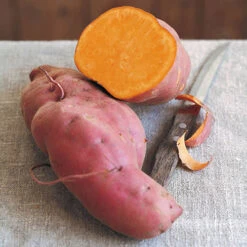


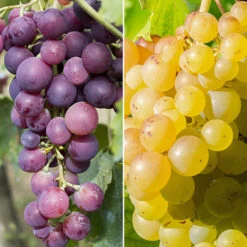
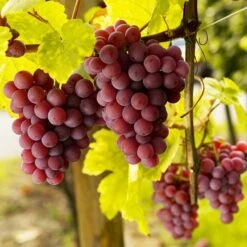

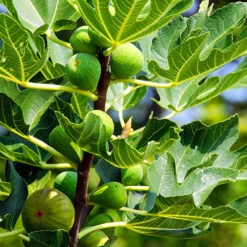
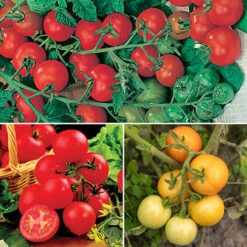
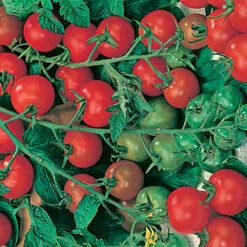


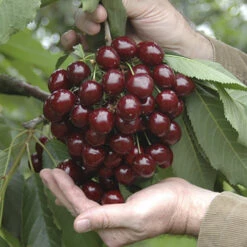


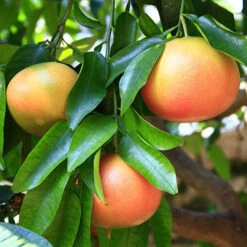
Reviews
There are no reviews yet.